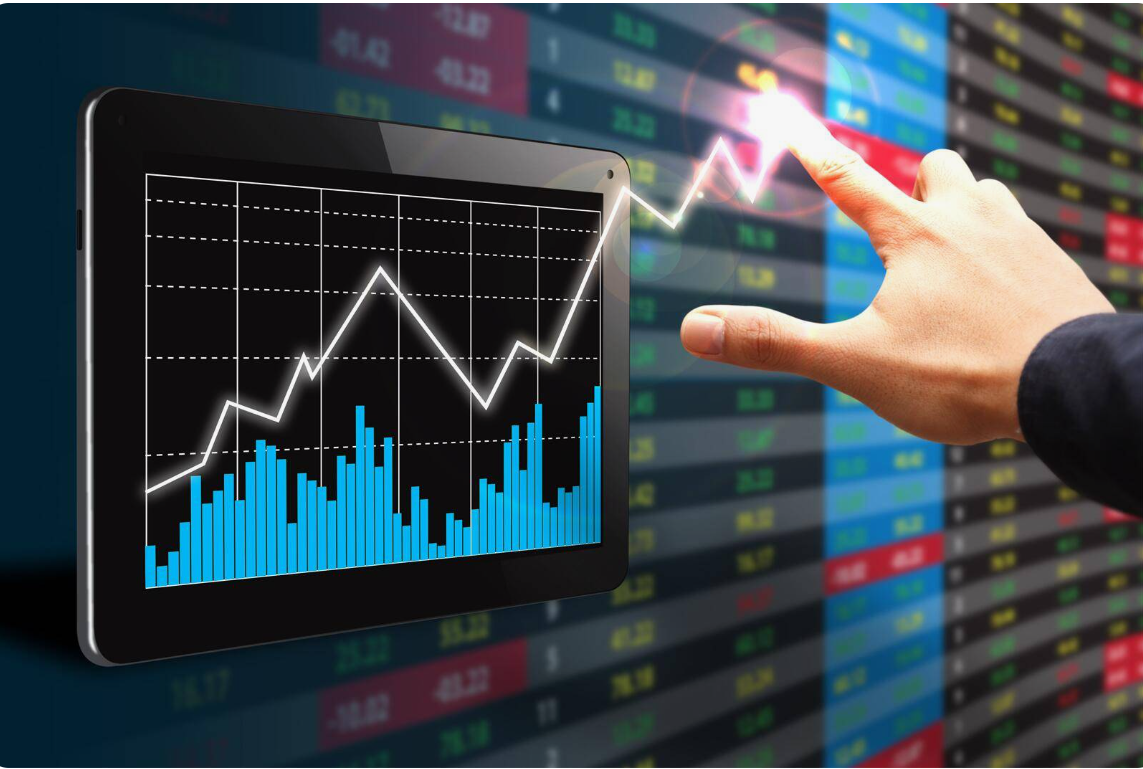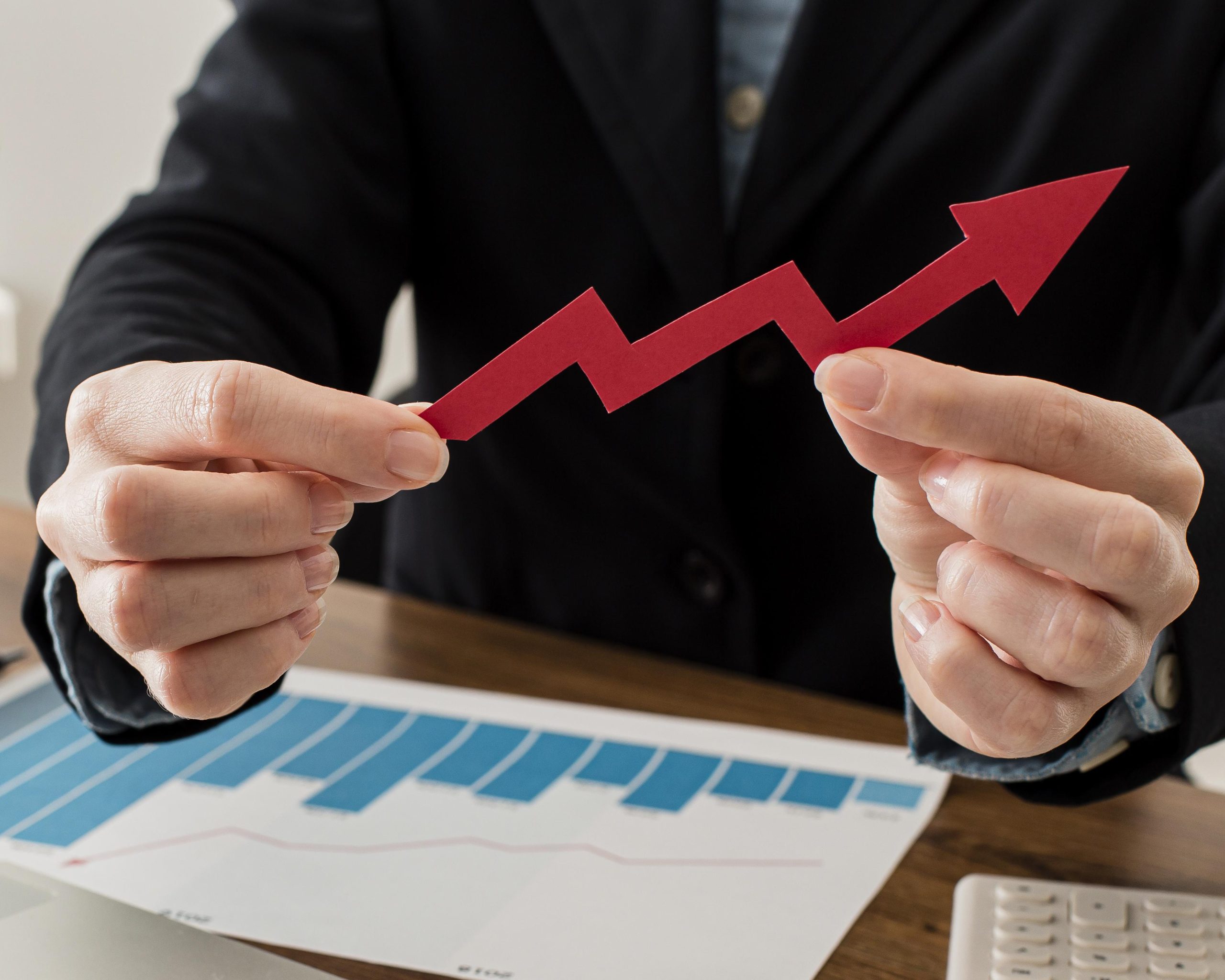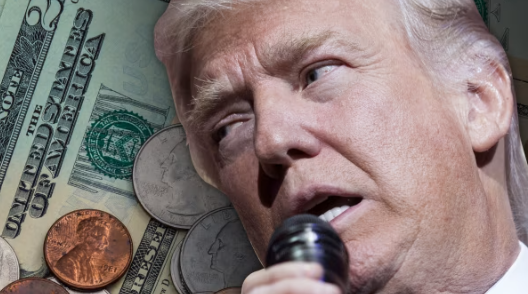Currency trading, also known as forex trading, has been around for ages, but it’s still a mystery for many traders out there. The idea of buying and selling currencies, trying to make profits from tiny changes in prices, can feel a bit like playing a game of chess—strategy, timing, and insight are everything. In this post, we’ll break down what currency trading is all about, how to navigate the live forex market, and give you a few insider tips to help you feel more confident. Whether you’re a newbie or an experienced trader, the hidden art of currency trading has something to offer. Let’s dive in!
What Is Currency Trading?
At its simplest, currency trading is about swapping one currency for another, like buying euros with US dollars. You’re betting that the currency you’re buying will become stronger compared to the one you’re selling. But there’s way more to it than that! The currency market is the largest financial market in the world, with trillions of dollars traded daily. And the best part? It’s open 24 hours a day, five days a week, meaning you can trade from anywhere, at any time.
Currencies are always traded in pairs—one is bought while the other is sold. For example, if you’re trading the EUR/USD pair, you’re buying euros while selling US dollars. The aim? To make a profit as the value of one currency rises against the other. It’s fast-paced, exciting, and can be very rewarding.
Why Currency Trading Matters
Currency trading isn’t just for big banks and financial institutions anymore. With platforms like Fxpricing, even individual traders can get access to real-time data, live forex rates, and historical data. This democratization of trading has made it easier for people like you and me to jump in and start making trades.
Understanding the Forex Market
The forex market is decentralized, meaning there’s no one place where all trading happens. Instead, trades are conducted electronically over-the-counter (OTC) via a global network of banks, brokers, and traders.
Here are some of the key players in the forex market:
- Central Banks: They manage a country’s currency reserves and can influence forex markets with their monetary policy decisions.
- Hedge Funds: These big investors make trades in massive volumes and can drive the market in specific directions.
- Retail Traders: Yep, that’s you! Individual traders account for a growing percentage of the forex market, thanks to accessible trading platforms like FXpricing.
What makes the forex market unique is its liquidity. With so many participants and so much money changing hands every day, it’s relatively easy to get in and out of trades without impacting the price too much—perfect for those looking to trade frequently.
Mastering Currency Pairs
Every currency pair has its own personality. Some are more volatile, while others are more stable. To master currency trading, you need to understand the nature of the pairs you’re trading. Some of the most popular pairs include:
- EUR/USD: The most traded currency pair in the world. It tends to have lower volatility and tighter spreads, making it a favorite among traders.
- GBP/USD: Known for being more volatile, this pair can offer more opportunities but also comes with higher risk.
- USD/JPY: This pair is often seen as a “safe haven” during times of market turmoil.
When trading forex, you’ll often hear about terms like “cross rates” and “live rates.” Simply put, cross rates are exchange rates between two currencies, neither of which is the US dollar. For example, the EUR/JPY is a cross rate. On the other hand, live rates are the real-time prices at which currencies are being traded.
With platforms like Fxpricing, you get access to live forex rates and real-time market data, which can be super helpful in making quick, informed decisions.
Timing Your Trades
Timing is everything when it comes to forex trading. The forex market is active 24/7, but different times of the day offer different opportunities. For example, the European and US trading sessions tend to be the most active. During these times, the markets are more volatile, meaning there are more opportunities to make profits (or losses).
Here’s a quick rundown of the main trading sessions:
- Asian Session: Usually quieter, but good for trading currency pairs that include the yen or Aussie dollar.
- European Session: Markets in London open up, and trading volume spikes, especially for the euro and pound.
- US Session: The busiest time for trading, particularly with pairs like EUR/USD and GBP/USD.
Tips for Mastering the Art of Currency Trading
Now that we’ve covered the basics, let’s talk about some practical tips to improve your trading game. Remember, trading is as much an art as it is a science.
- Stay Updated with Market News: Markets move on news—whether it’s economic reports, geopolitical events, or central bank meetings. With Fxpricing, you can stay updated on the latest news and analysis.
- Use Historical Data: Studying past price movements can give you insights into how a currency might move in the future. FXpricing offers access to historical data, which is a goldmine for traders.
- Risk Management is Key: Always use stop-loss orders to limit your potential losses. Even the best traders don’t get every trade right, but they know how to cut their losses quickly.
- Start Small, Grow Gradually: If you’re new to forex, it’s tempting to dive in headfirst. But it’s better to start small, learn the ropes, and grow your trading account over time.
- Keep a Trading Journal: Write down the reasons you made each trade and the outcome. Over time, you’ll start spotting patterns in your decision-making and learn how to improve your strategy.
FAQs on Currency Trading
1. What is forex trading?
Forex trading is the act of buying and selling currencies to make a profit from changes in their values. It’s the largest financial market in the world, with over $6 trillion traded daily.
2. How do I start currency trading?
You can start by opening an account with a forex broker, funding your account, and then using a trading platform like FXpricing to access live forex rates and make trades.
3. What are live forex rates?
Live forex rates refer to the real-time prices at which currency pairs are being traded. These rates fluctuate constantly based on market conditions.
4. What are the risks involved in forex trading?
Forex trading involves a high level of risk, particularly due to leverage, which can amplify both gains and losses. It’s important to use proper risk management techniques.
5. How can I improve my forex trading skills?
To improve your forex trading skills, stay informed about market trends, use tools like those offered by FXpricing, practice with demo accounts, and always keep learning.





